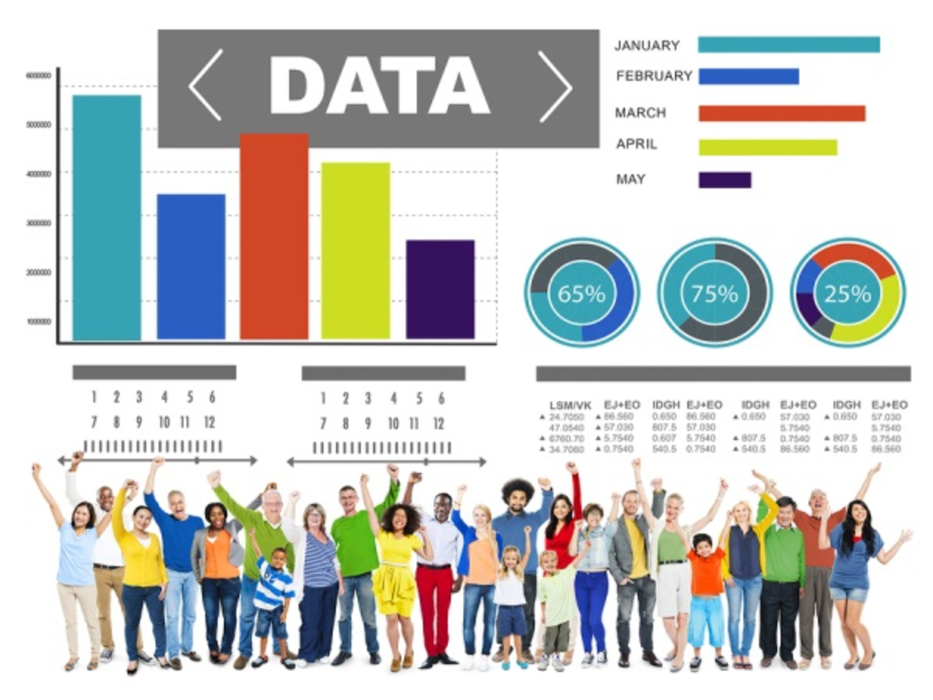If there’s one thing that I’ve learned about relationships, it’s this: You have to spend time getting to know the little details about a person. It’s the small, intimate facts that are the building blocks for a strong relationship.
The same goes for marketers.
For them, those tiny details come in the form of analytics. More specifically, customer insights that can help you craft more impactful messages for your audiences. And we all know that intelligent, personal marketing can translate to deep affinity and, of course, heightened sales.
I had a chance to have a one-on-one with Ken Bisconti, IBM’s customer analytics business leader while attending the company’s Amplify 2015 conference in San Diego. We chatted about how insight can make all the difference, when data can actually hurt your efforts, and the future of analytics.
How are analytics and customer experience tied to each other?
So especially in the world of digital, brands of all different industries are very focused on delivering superior customer experience. And customer experience today—in our multichannel, highly digital world—is going to separate the winners from the losers. That’s because if you have a product that’s relatively on par with other products or a service that’s on par with other services, my overall customer experience and overall relationship with that brand will determine my loyalty to them.
Now in the form of analytics, we use customer analytics—or customer experience analytics—to try to provide holistic understanding of what experience we are actually delivering or even what our customers are enduring, if it’s not positive.
Tell me: What do you feel fuels intelligent marketing?
Well, it’s a big topic. Marketing is a big topic. I think that knowing your customers—knowing who you’re trying to attract to your brand—is key to intelligent marketing. Delivering superior customer experience and building a lifelong, two-way relationship is one of the sort of basis for intelligent marketing. In order to do that, you need to use data. And data is not just in the form of CRM systems, purchased mailing lists, or other demographics. Data is in the form of what to bear to better understand my customer. And understanding them in context is key to intelligent marketing so that I’m able to deliver. Trying to uncover what’s their intent is also instrumental in the ability to practice intelligent marketing.
Are you facing a similar situation? Join us at #IBMAmplify next week to learn more http://t.co/xQHdpibyEB #IBMiX pic.twitter.com/dsfjt9SDEy
— IBM Interactive Exp. (@ibminteractive) May 6, 2015
What do you feel like the ultimate goal should be for using analytics?
The goal for using analytics is to make data a competitive advantage. So for a marketer to be effective, you need to be able to make decisions that are informed regarding which investments you are making and which tactics you are going to execute, which will have the biggest impact on achieving your intended result.
And you need to be able to also add to this, which I think is new: visibility and insight on the experiences that you’re delivering to your intended customers. I really mean this in relation to a digital world. In a physical world, you can watch people as they move about your store. People come and you see who they are; you see what they’re doing; you see if they’re sort of browsing or if they’re really interested. You have a physical view. Once you move to a digital channel, in most cases you completely lose that visibility. Without analytics, I’m flying blind. I have no ideas expect that a purchase happened. Struggles, intentions, motives. Analytics gives me a look into much of that.
Is there ever a time when data—and the insights derived from that data—can hurt a marketing message?
That’s a great question. Um, I think that like any argument, if you’re bringing the wrong data or the wrong analytics to the table, you’ll make the wrong decisions. It’s based on a data point that’s out of context or perhaps dirty data. So analytics can have a negative result if you’re trying to use the data as a decision-making tool, and you have the wrong info.
Make your customer journey a worthy experience! Learn more from May 11 at #ibmamplify #IBMiX pic.twitter.com/8PBTKnON2D
— IBM Interactive Exp. (@ibminteractive) May 6, 2015
So what is the future of analytics?
Well, I’m really excited about analytics. In the world of customer analytics, I’m so excited. I think that we are moving to a position where we will very soon be able to clear and complete insight on multichannel journeys—which is a really interesting challenge. Trying to correlate, for instance, pre-purchase behavior that happens on a mobile device that results in a conversion on the Web or in a store is the way of the future. Being able to stitch together those journeys across channels is exciting.
I also think that the increased use of social and predictive analytics—on top of these customer experience analytics—gives us the opportunity to really optimize our understanding, including intent and attitudinal data. Predictive analytics allows us to take action and get some result on an insight.








